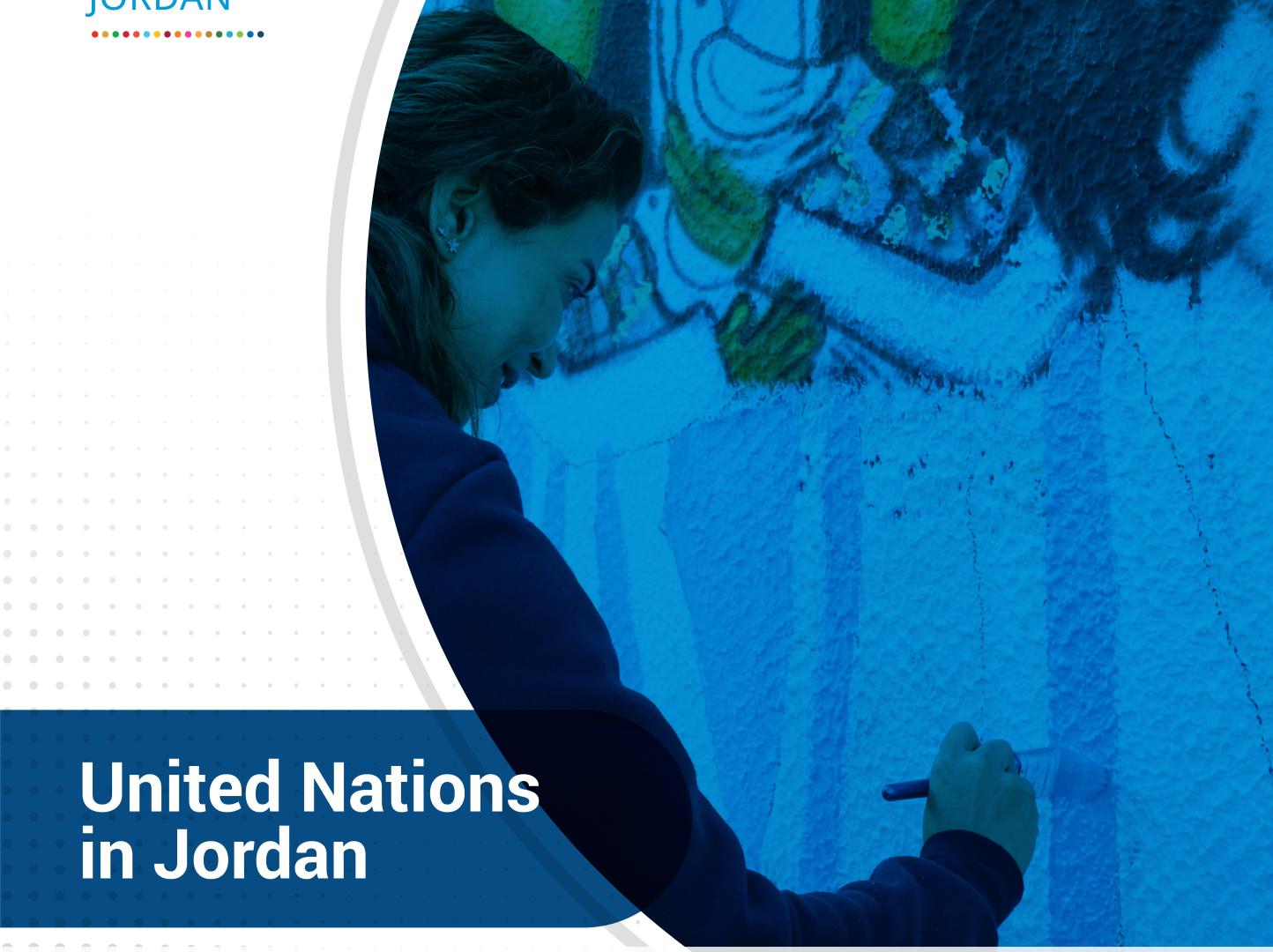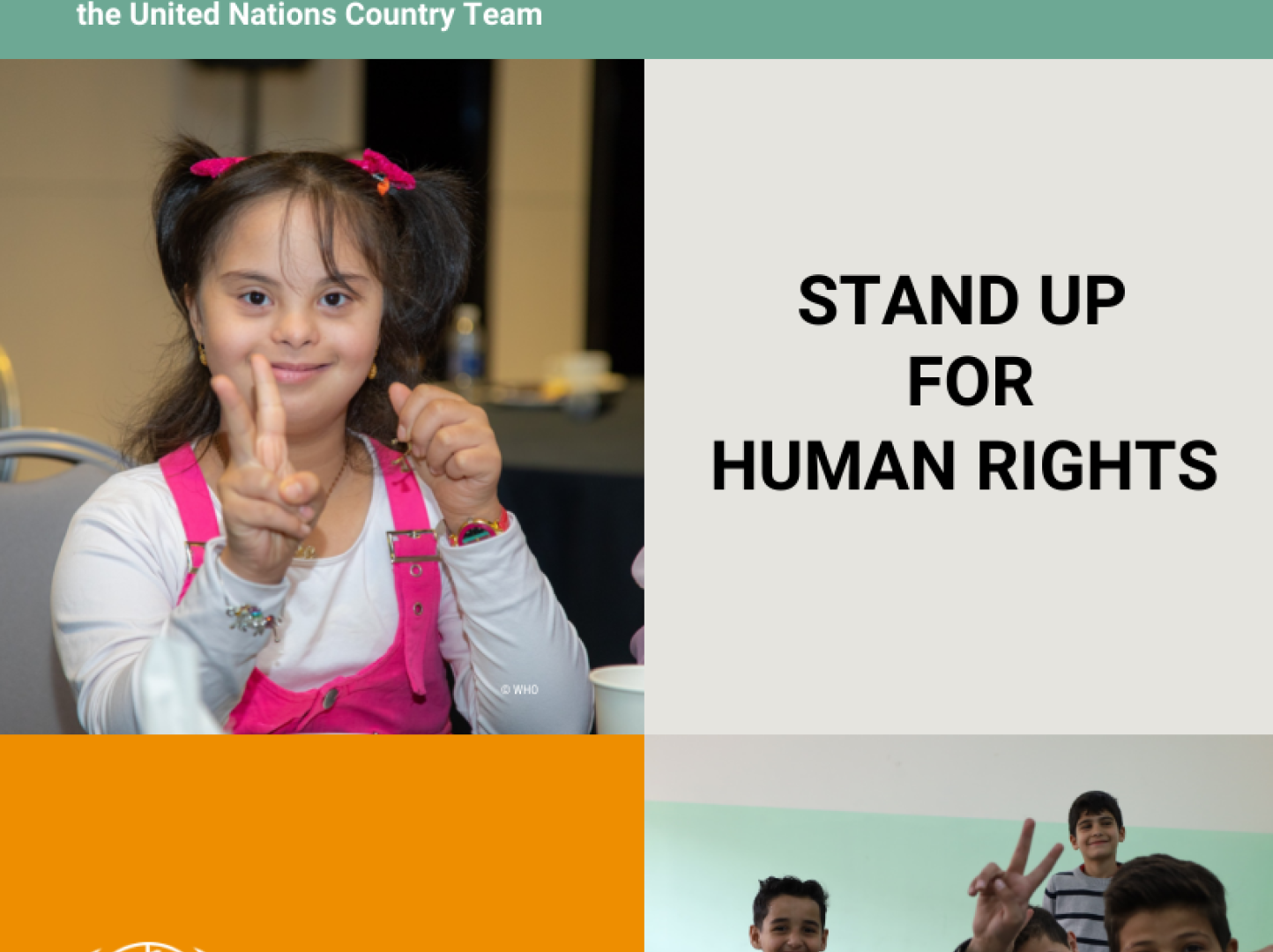Informing Water-Energy-Water nexus decisions: the integrated WEF nexus model of Jordan
Abstract:
Due to the water shortage in Jordan, the safe water abstraction yields are often exceeded. Groundwater extractions require large amounts of energy, due to the decreasing water table levels of almost all aquifers in the country. Therefore, around 14.9 percent of the supplied electricity is consumed by water pumping and other water services.
Moreover, additional energy requirements will be needed to deal with an expanding water supply through desalination and wastewater treatment.The agriculture sector accounts for the largest share of water demand (around 52 percent), where again, groundwater is the main source. Furthermore, as a consequence of its water-scarce nature, Jordan faces increasing food insecurity being forced to import around 87 percent of its food.
Achieving sustainable water-energy-food (WEF) resources security requires developing safe operational boundaries of water use defining the conditions for water sustainability in Jordan. These boundaries were defined using a Water-Food-Energy-Climate-Ecosystems Nexus analytical framework that was highly stakeholder-driven, combined with quantitative and qualitative methods developed by the Royal Institute of Technology in Stockholm (KTH) and the Stockholm Environment Institute (SEI). In this flyer, the reader will be able to know the methodology used to develop WEF NEXUS model, scenario analysis, results and key findings.




